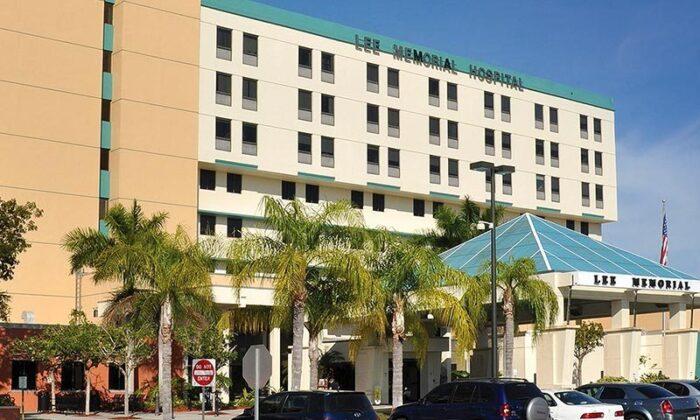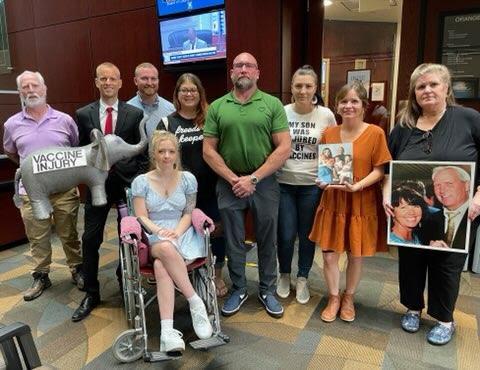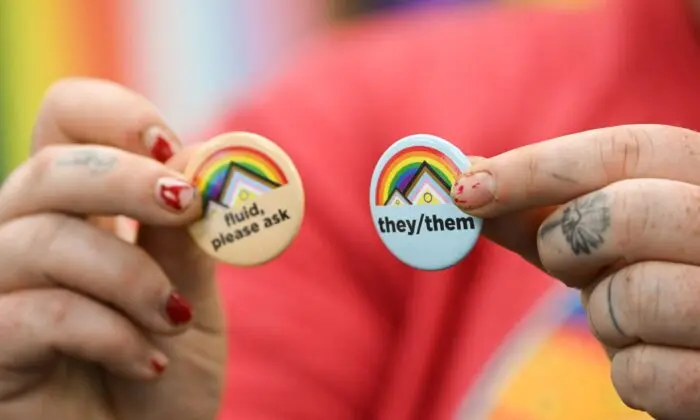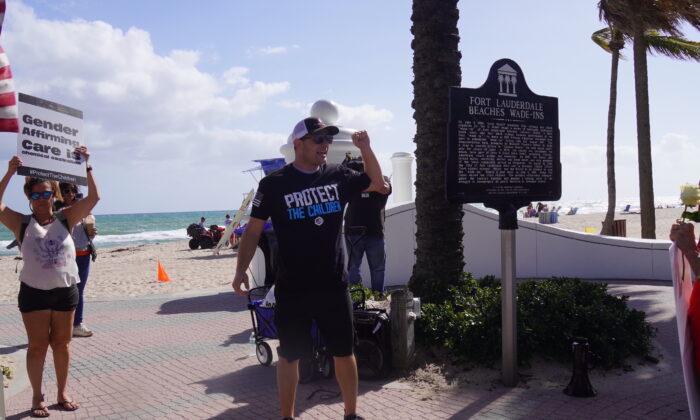Lee Health’s COO Dr. Scott Nygaard said at a Jan. 11 press conference, “Dispatch Health is a new service that we have for Lee Health. And you can schedule an appointment where they come to your home in a car. They provide an assessment and service at home.”
“They do a triage, an assessment in your home and can prescribe medical treatment,” Nygaard continued. “If you needed to get laboratory testing, you might have to travel someplace else for that. But it’s a home service that really comes direct to your home.”
Lee Health’s service does not require a referral and calls would be charged at the same rate as an urgent care visit and would be treated under the same conditions as a walk in-clinic.
“For the same cost as an urgent care visit, the Dispatch Health house call team are at your door ready and able to treat a wide variety of illnesses and conditions including COVID-19, flu, strep, and mono [infectious mononucleosis]; everything an urgent care can,” he said.
Dr. Nygaard asked that people be “selective in terms of where they go and the right level of care.”
This is the newest option of services that Lee Health provides, Nygaard said. “Telehealth is still available and for now is free.”
He said the service does not treat anything related to heart attacks or stroke symptoms he urged those patients to seek emergency medical services through an emergency room.
Doctor house calls date back to the 1800s when it was common practice for a doctor to visit their patients in their homes, especially if they were too sick or injured to seek medical care outside the home.
House calls continued into the 1930s and 1940s when 40 percent of doctor visits were house calls before declining in the 1960s.
By 1980 house calls represented less than one percent of doctors’ business as general practitioners declined and were replaced by specialized medicine.
They treated ailments such as mumps, boils, to childbirth, and appendicitis.
Doctors would carry regularly used items such as a thermometer and stethoscope in their Gladstone bags, but they would also have surgical and amputation kits, along with medicines, needles, and syringes.





Friends Read Free